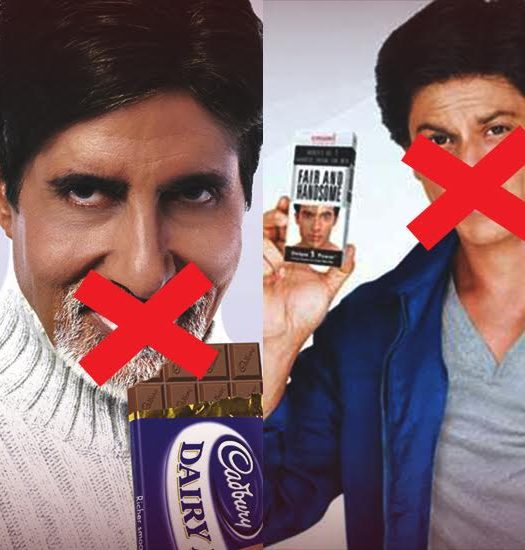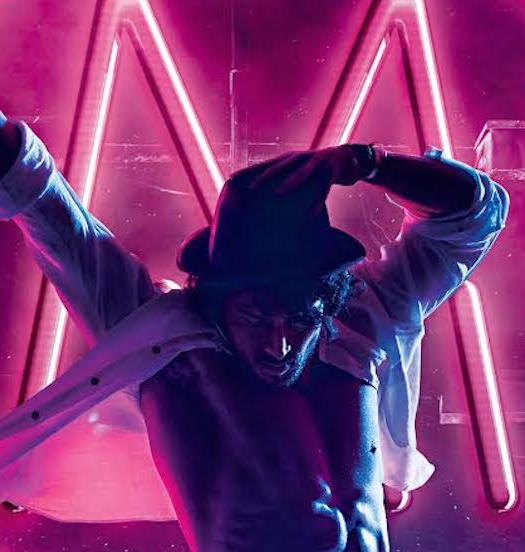Dubbed Cinema – The FOREX of Box Office
Cinema is a language and the words spoken within a film are like a dialect to it. The dialects change according to the film’s geographical reach. I remember watching a scene from Spider Man-2 where Peter Parker confronts his aunt about how much he misses his uncle. The scene was emotional. The guys who dubbed the Punjabi version of the same scene (Supposedly done in Pakistan’s Punjab) had different plans.
The scene goes,
Peter- Maenu baabe di bohot yaad aundi aa ( I miss uncle a lot)
Aunty drops a tear. A sob and she responds.
Aunty- Toh tu kya soch rya main Dilip Kumar nu yaad kar kar rondi aan (Do you think I am crying for Dilip Kumar?!)
This is how the late 90s and early Y2K looked like. Those were the days of the pirated CDs and a film like The 6th Day would rightly sell as ‘Muqabala Arnold Ka’ for its vernacular market. Things were over simplified back then and cinematic details ignored for titillation.
Yes, linguistically Hindi and English are very different. Not every word can be literally translated in Hindi. Then how does one go about? We spoke with Mayur Puri, the man who translated The Jungle Book, and several recent Hollywood films like Captain America: Civil War, Angry Birds and Finding Dory, in Hindi. Yes, he is the man responsible for translating ‘Red Flower’ as ‘Rakt Phool’ which, in English, back-translates as ‘Blood Flower’. Certainly, the state of Hindi dubbed films has improved. And a lot of credit goes to the improved writing. Let us dig the abyss and explore its nitty-gritties.

Mayur Puri
The way Puri sees it is, “Translating words is not what translation means. If it was so then anybody could do it. Why is artificial-intelligence still in its nascent stage? Why does Google translate not work in the creative space? Because the essence of writing, the soul of anything written, is not in the words. It is in the meaning or the emotion. Unless you translate that emotion, your translation will never be accurate. My whole approach to translation is different. I try to translate the original writer’s intent. As in the case with The Jungle Book, my focus was on what was Rudyard Kipling’s original intention. Or what was Jon Favreau and Justin Marks’ interpretation of Kipling’s work.”
This market of dubbed material is not just reduced to films. In the past, Doordarshan has brought some of the world’s finest material and translated to Hindi. A Hindi programme, Disney Hour, used to be a curfew time for children. It was a glorious time. Gulzar and Vishal Bhardwaj collaborated for the Hindi title number of The Jungle Book, originally a Japanese series. Some of the finest talent came from this industry.
Jungle Jungle Baat Chali
If one watches the dubbed versions of contemporary cartoon shows like Oggy and the Cockroaches, you see a lot of local dialects and mimicry being used as a tool. They have consistently dwelled upon attaching dialects with their characters. This definitely helps the viewership (Or in case of films, the box office) but how does one draw a line that the original language content doesn’t suffer? For Mayur, that’s not mimicry. He argues, “That’s mimicry for you because you are aware about that voice. You know that it’s a Sunny Deol’s voice, so you find it mimicry. But for a five-year-old kid it is not mimicry. For that kid it’s just a new cool voice. There are lots of shows which don’t have this ‘mimicry’ and they still work. Such as Doraemon and Shin Chan don’t have that. Also, I feel that everybody explores humour in their own way. If we look from dubbing artists’ perspective then they also need some motivation and exploration. They are also trying to catch the essence of the character. For example if I see a cat which is always angry then it is easier for me to superimpose a Sunny Deol’s voice on it. If there is a guy who speaks short sentences and has a cynical approach in life, then a Nana Patekar’s voice will work for that character. But I would still reiterate that for the audience that is intended, it is not mimicry.”
Some of the translations are like Chinese noodles served in dhabas (Local restaurants) in India. They have a punch of Indian spices to lure the local taste buds. Local politics is essentially a part of this translation bit. In the Hindi trailer of Finding Dory, the dialogue, “Migration is about going home” translates to “Migration ka matlab hai ghar waapsi”. Those who have read newspapers in the past two years in the subcontinent would know what ‘Ghar waapsi’ means. The Hindi translation adds a new dimension to the line and works as a political punch as well. How does one come up with such dialogues that stick with the script but add a local garnishing?
When Mayur hears this, he sips his tea and laughs. Then he reverts with a confession that as far as his political stand goes he is still apolitical. “But as far as this phrase goes, it has been around from quite some time. People resonate with it. If you watch the film you would know that it is talking about normal migration. But since the phrase is so popular, the audience instantly gets hooked to it. I am not trying to be political there. What is there to be political about in a children’s film?! But I am using the popular appeal of that word to make my work more enjoyable for myself.”
Talking about marketing strategies, these films are exploring all the possibilities. There are, region-wise, customized marketing strategies. For The Jungle Book, Bharadwaj and Gulzar revived the song ‘Jungle Jungle Baat Chali Hai’. But the song was only released over the Internet. This is so because the Original Hindi song wasn’t a property of Disney. It was for ‘Jungle Book Shōnen Mowgli’ and was a property of the Japanese studio Nippon Animation. The strategy certainly worked in favour of the film because within hours of uploading the song on YouTube, there were comments about how badly people would want to watch the song in theatres. That was a disappointment. But nevertheless, it drew huge crowds.
Today, we stand at a juncture where this industry is standing out as an individual market capable of taking its own decisions. There are writers and dubbing artists who are budding stars. Some of the dubbing artists like Mona Ghosh Shetty have a body of work which boasts of lending voice to both Hollywood and Bollywood biggies. From Halle Berry to Deepika Padukone she has done it all. After The Jungle Book, Mayur is also bombarded with at least a dozen more projects to translate. Thus, one thing is for sure that this wilderness of dubbed cinema is swaying its audience and the makers alike.
Samapt (The End)!!!



